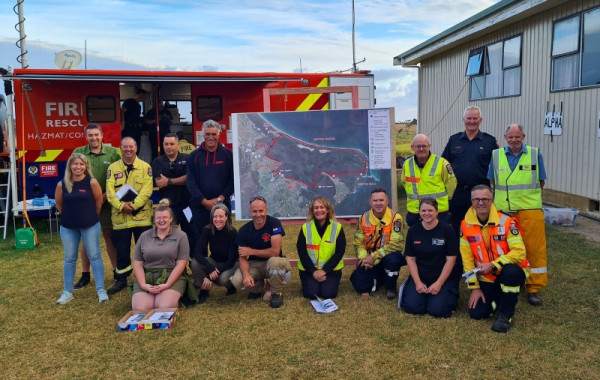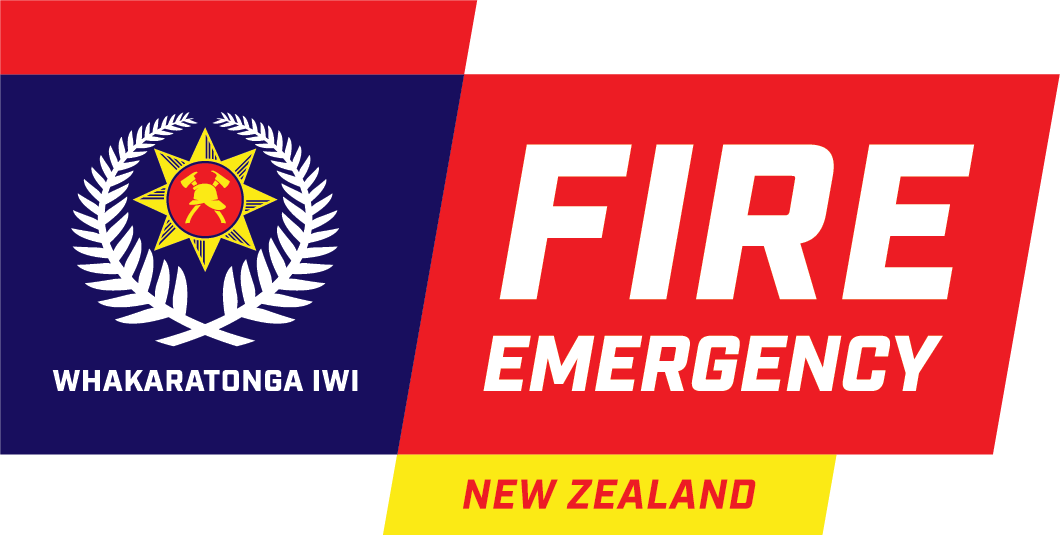National Incident Management Teams - the way forward
Twenty years ago, the National Rural Fire Authority established three National Incident Management Teams (NIMTs) with seven experienced people in each team to fill the CIMS function manager roles in an incident management team (IMT).
These personnel came from a variety of agencies: Rural Fire Authorities, the Fire Service, Department of Conservation, local council emergency management, forestry, and individual contractors. The teams were rostered on duty for one week in three over the summer months, with the duty team assigned to respond to requests for IMT assistance from a Rural Fire Authority. Over the years, they evolved into four teams of up to 25 people to take on the sub-functions of an incident management team as well as the manager roles.
Due to the unscheduled nature of these incidents, the teams have always mixed and matched to fill all of the roles required at the incident to fit the availability of personnel. The coming togther of Fire and Emergency, and the changes arising from Tranche 2, have had an increasing impact on the ability to send a team as a complete package, so we are acknowledging that reality in how we deploy personnel from now on.
Ahead of the fire season, we have moved to a model where former NIMT members, and anyone else who is similarly qualified for large, complex, long-duration events, form a national pool of deployable IMT personnel, administered by their home Regions.
These personnel can expect to be involved in any large-scale incident response in their Region, as they have done in the past, and when a Region needs additional support for an incident, the Regional Coordination Centre (RCC) can request more IMT personnel through the National Coordination Centre (NCC). The NCC will contact the other Regions and compile the needed support from available personnel that balances the needs of the incident and the need to maintain capacity across the country, as happens for our other deployable resources.
We also hope that the training and mentoring that these personnel have provided will continue, and those who have been in the teams in the past will no doubt see familiar faces at incidents and SimExes in the future.
We thank everyone who has been involved over the years for their commitment, and their families and employers for being so supportive.

A rotation of the Waiharara IMT with personnel from all the National Incident Management Teams, and partner agencies.
